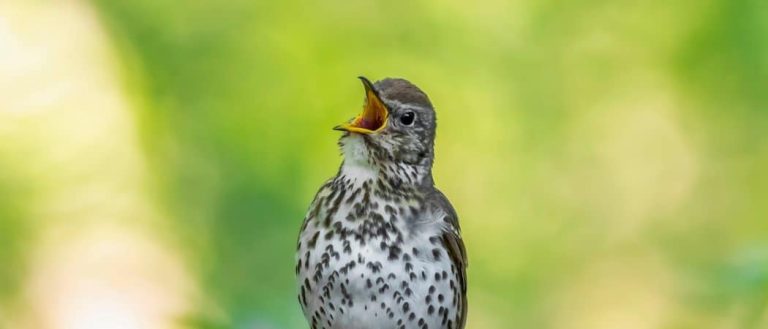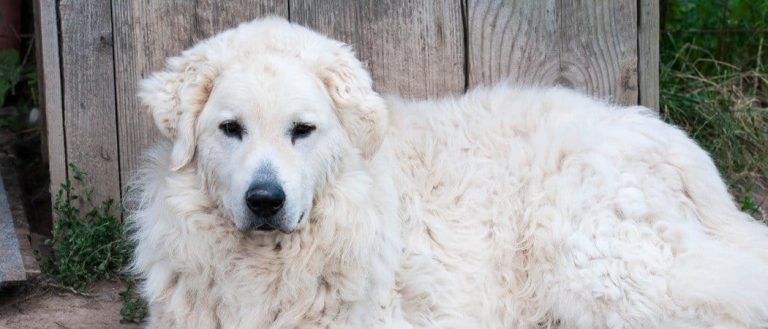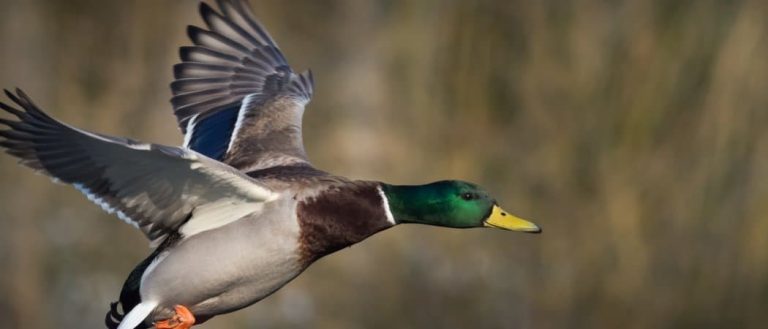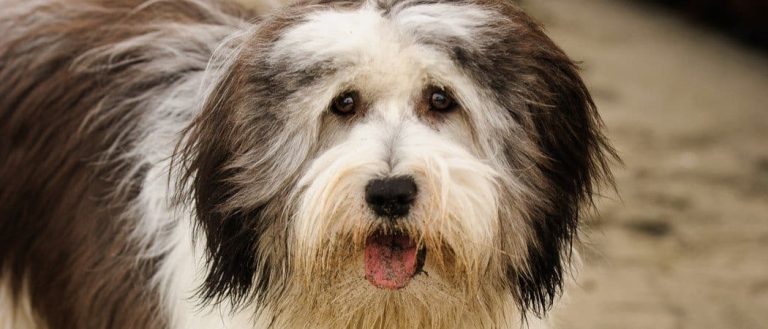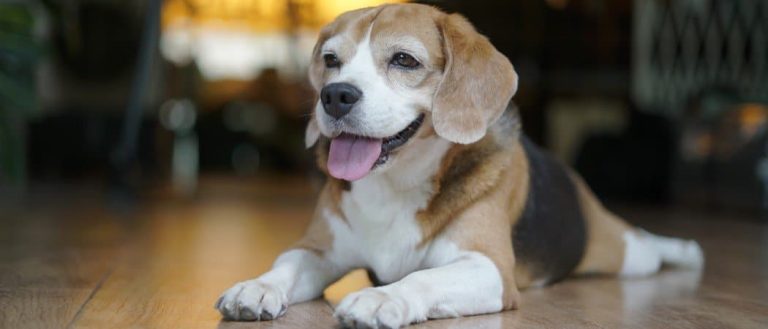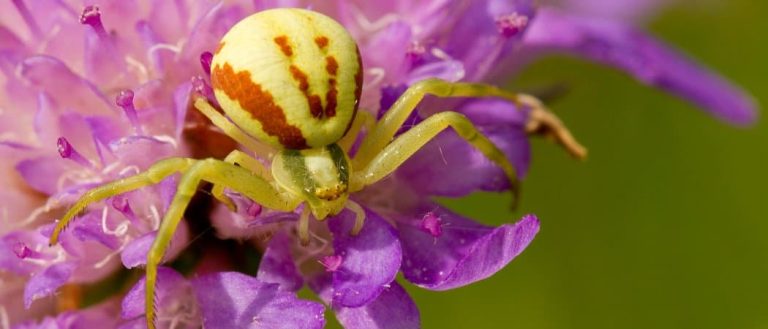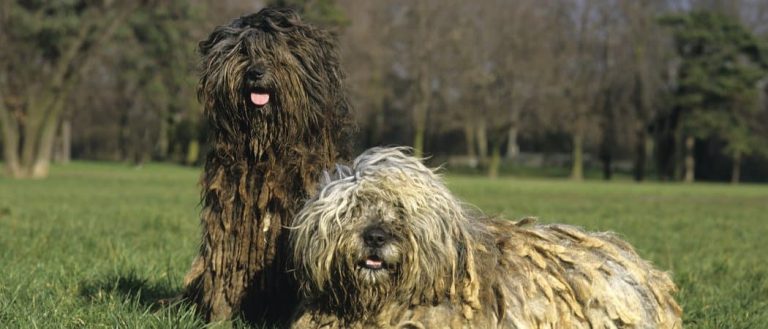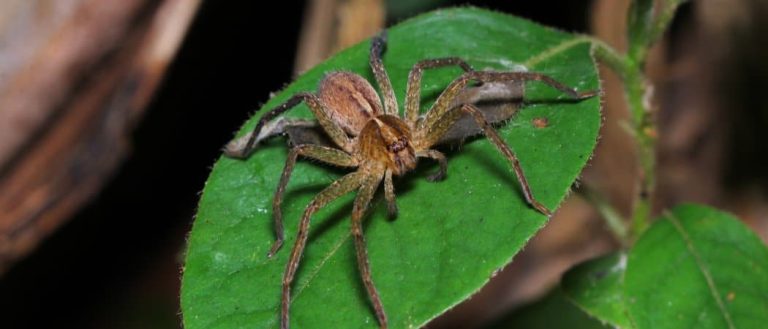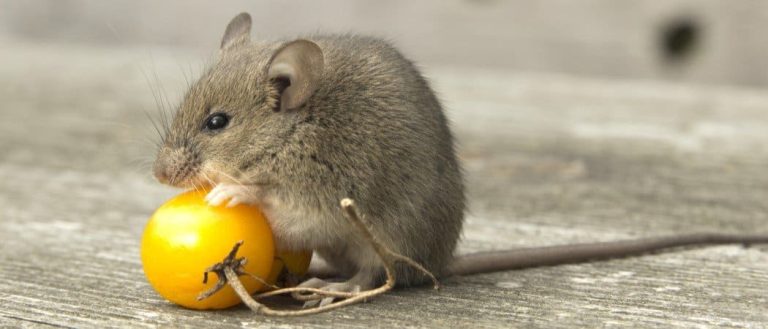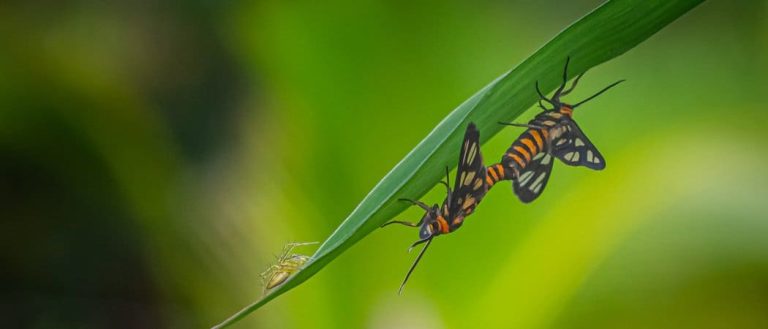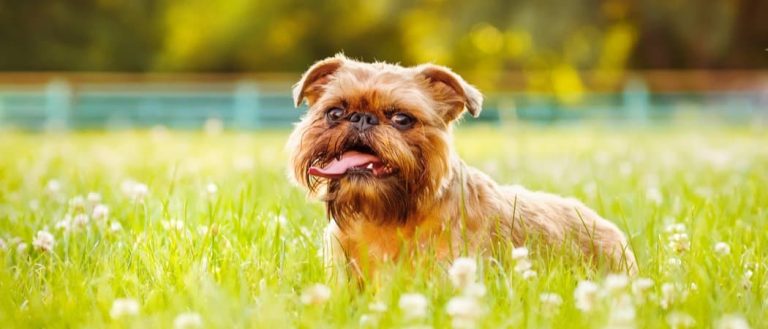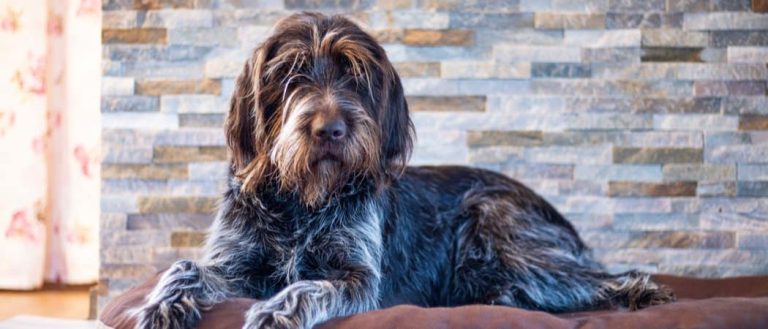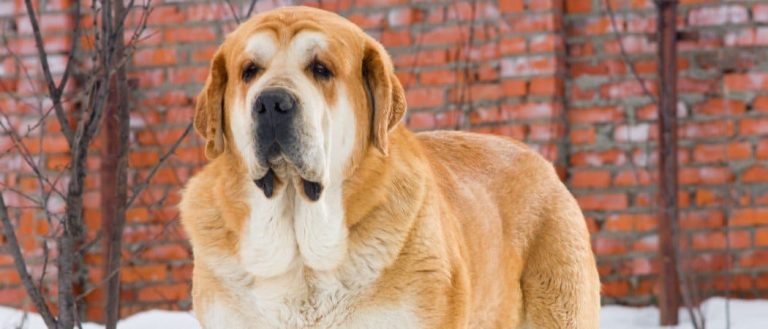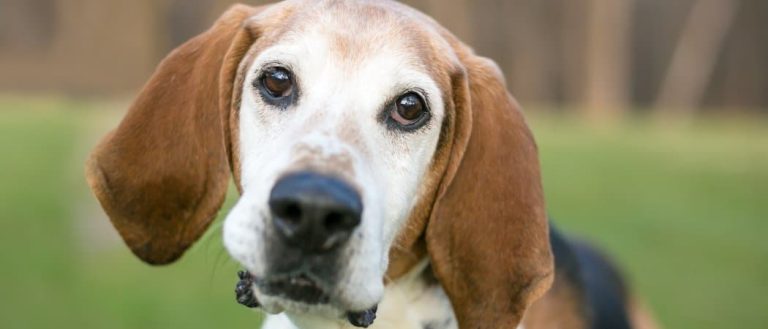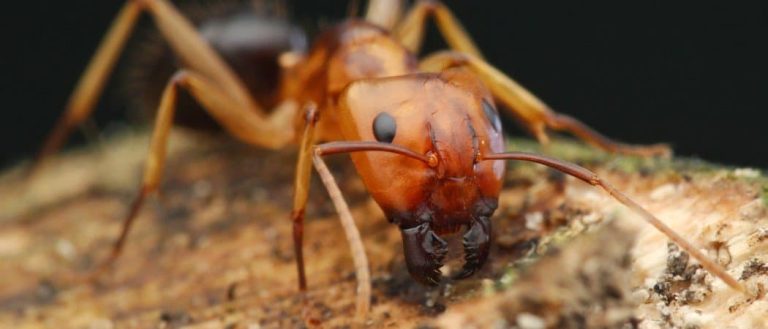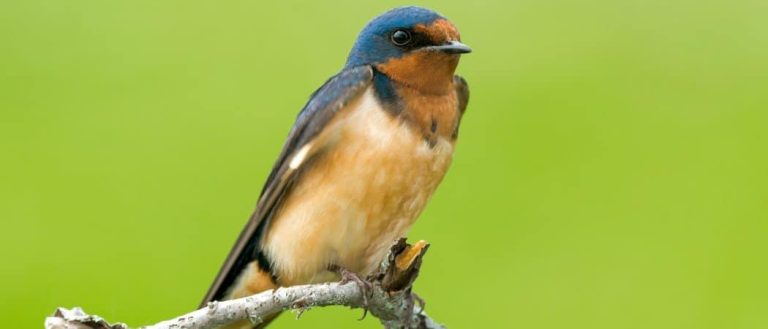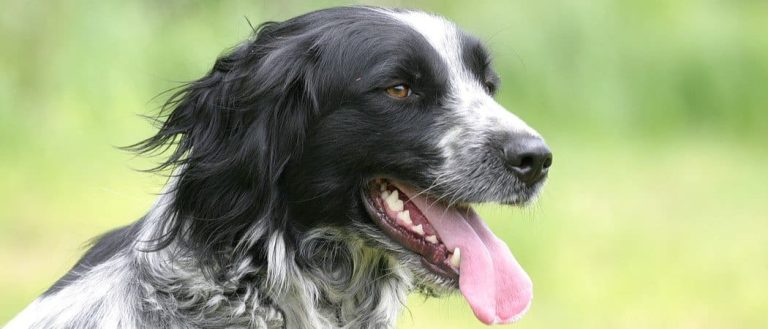Europe
Kuvasz
Ownership of this dog was once restricted to the Hungarian nobility
Otterhound
Otterhounds have webbed feet making them great swimmers!
Mallard
With an appropriate tail wind, the mallard can travel hundreds of miles a day
Polish Lowland Sheepdog
Despite having shaggy hair that covers its eyes, this dog is known for its watchful gaze when guarding a herd.
Pocket Beagle
Queen Elizabeth I of England once owned several Pocket Beagles
Crab Spider
Crab Spiders can mimic ants or bird droppings
Bergamasco
Bergamascos are excellent problem solvers; they were bred to be independent as they work alongside their nomadic shepherd owners.
Huntsman Spider
Some huntsman spiders have an interesting way of moving around. Some cartwheel while others do handsprings or backflips.
Rodents
The capybara, the world’s largest rodent, likes to be in and around bodies of water. Because of this, the Catholic Church in South America decided that it was a fish, and people were allowed to eat it during Lent and First Fridays.
Tiger Moth
The bright colors of this moth are a signal to predators that it has a terrible taste.
Brussels Griffon
The Brussels Griffon prefers to live with another dog so they have a companion to play with.
Wirehaired Pointing Griffon
A Wirehaired Pointing Griffon’s coat makes it look like it has a mustache and beard!
Spanish Mastiff
Diego Velázquez’s famous 17th century painting of the Infanta and her dwarves includes a portrait of a Spanish Mastiff.
English Foxhound
English Foxhounds were bred to work and live in a pack. Because of this, this breed is happiest when they are around other dogs.
Carpenter Ant
Carpenter ants can lift up to seven times their own weight with their teeth!
Barn Swallow
Older offspring help care for new hatchlings.
English Setter
English Setters were first bred between 400 and 500 years ago.

